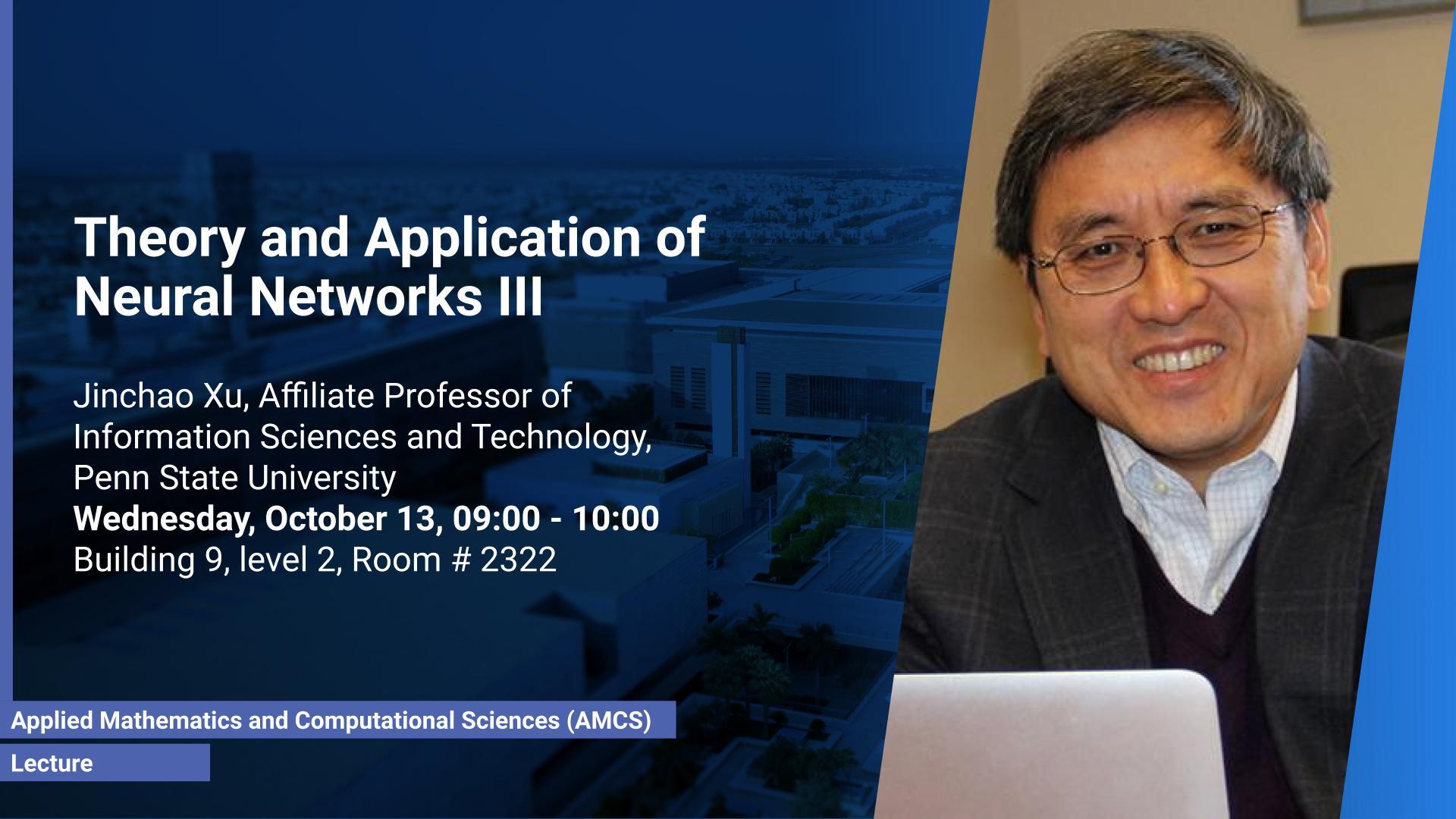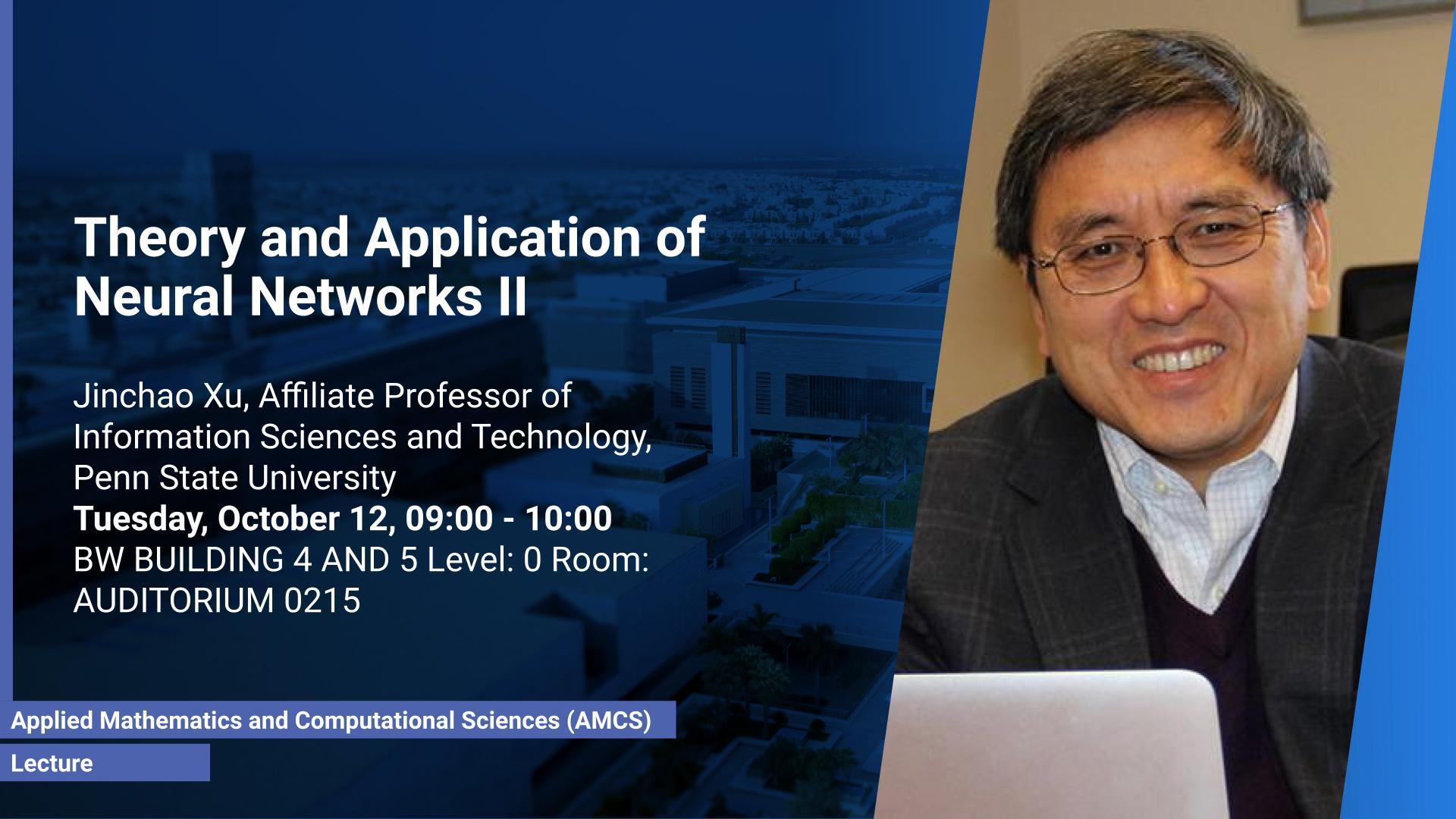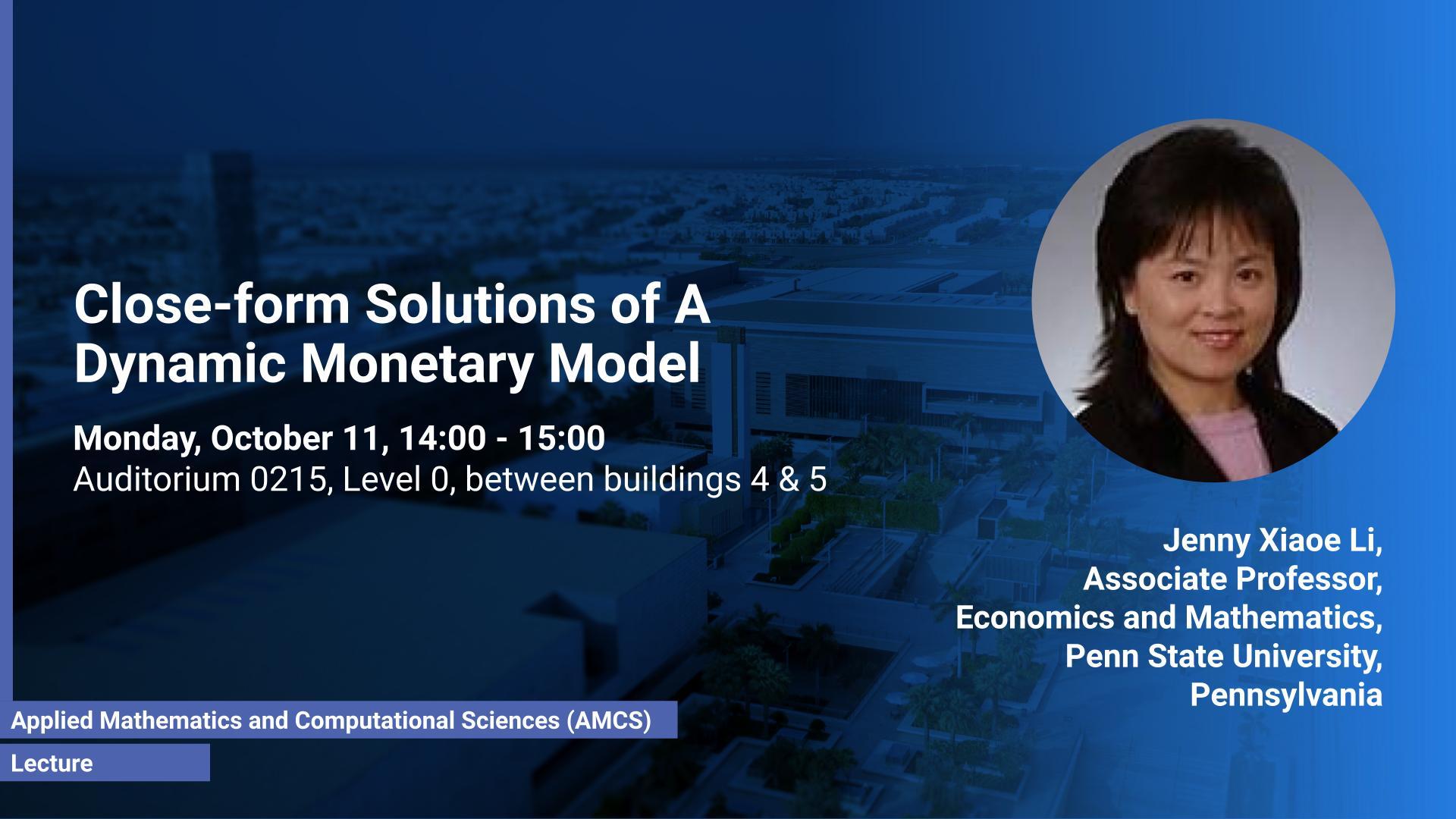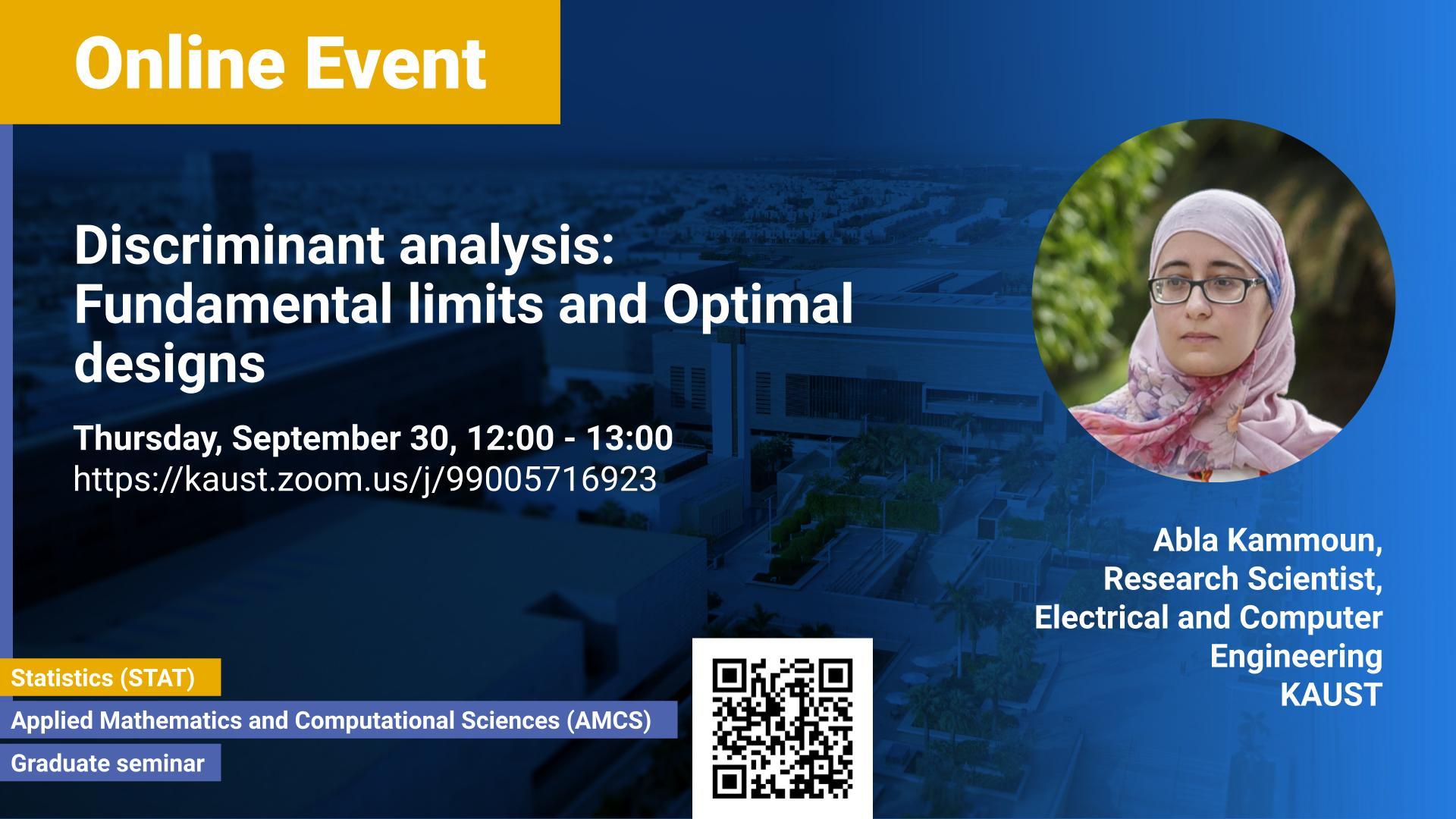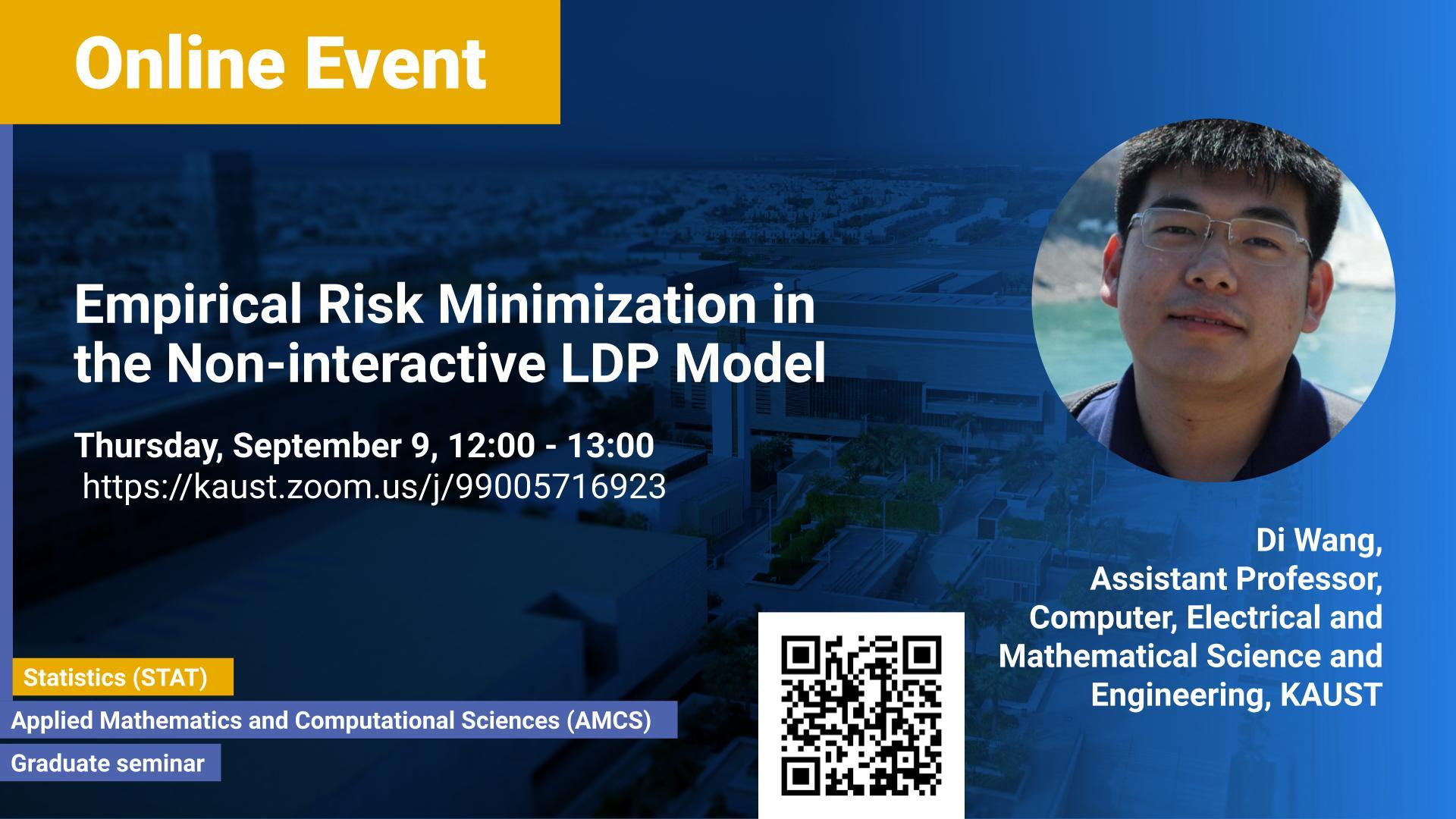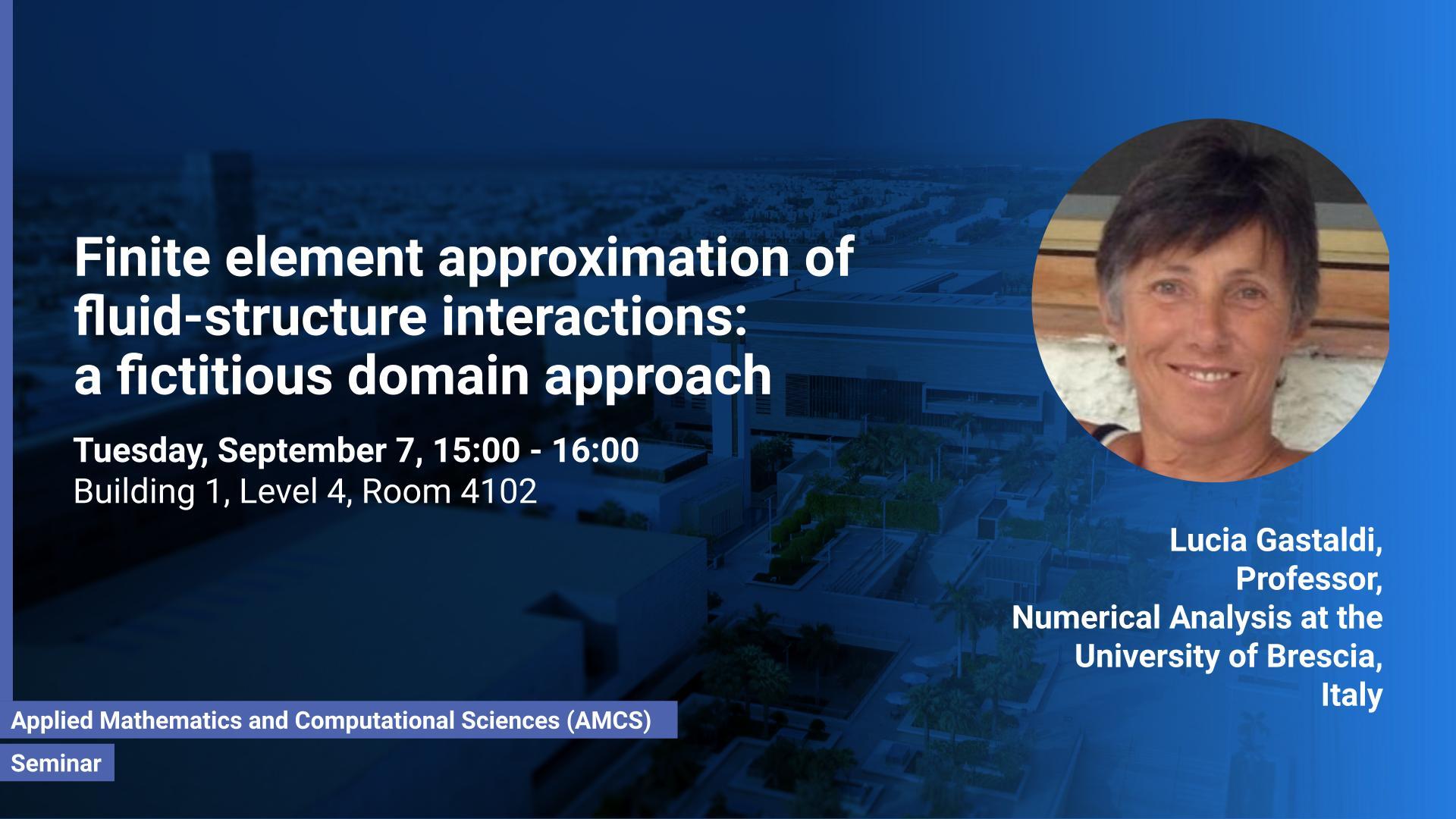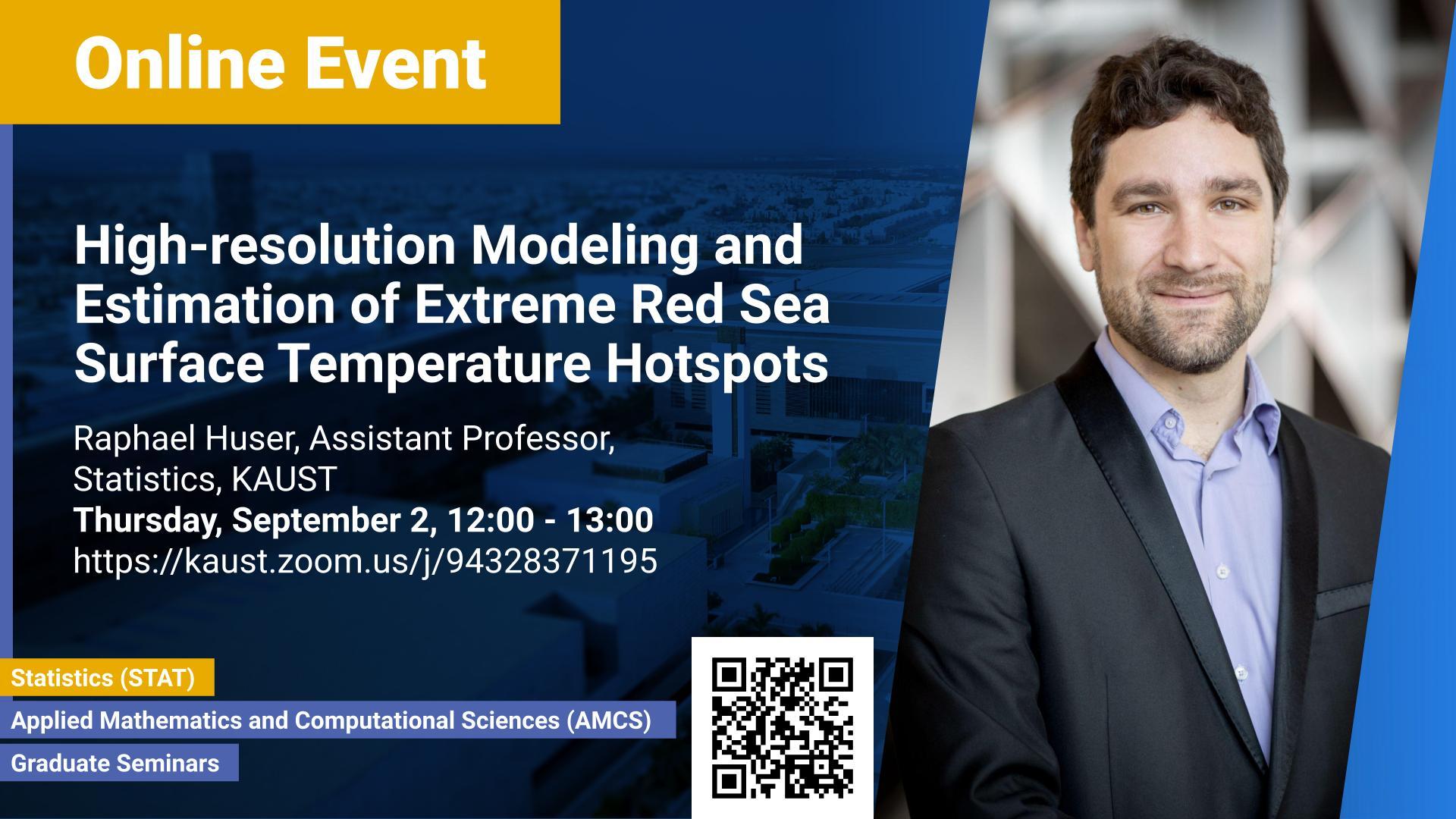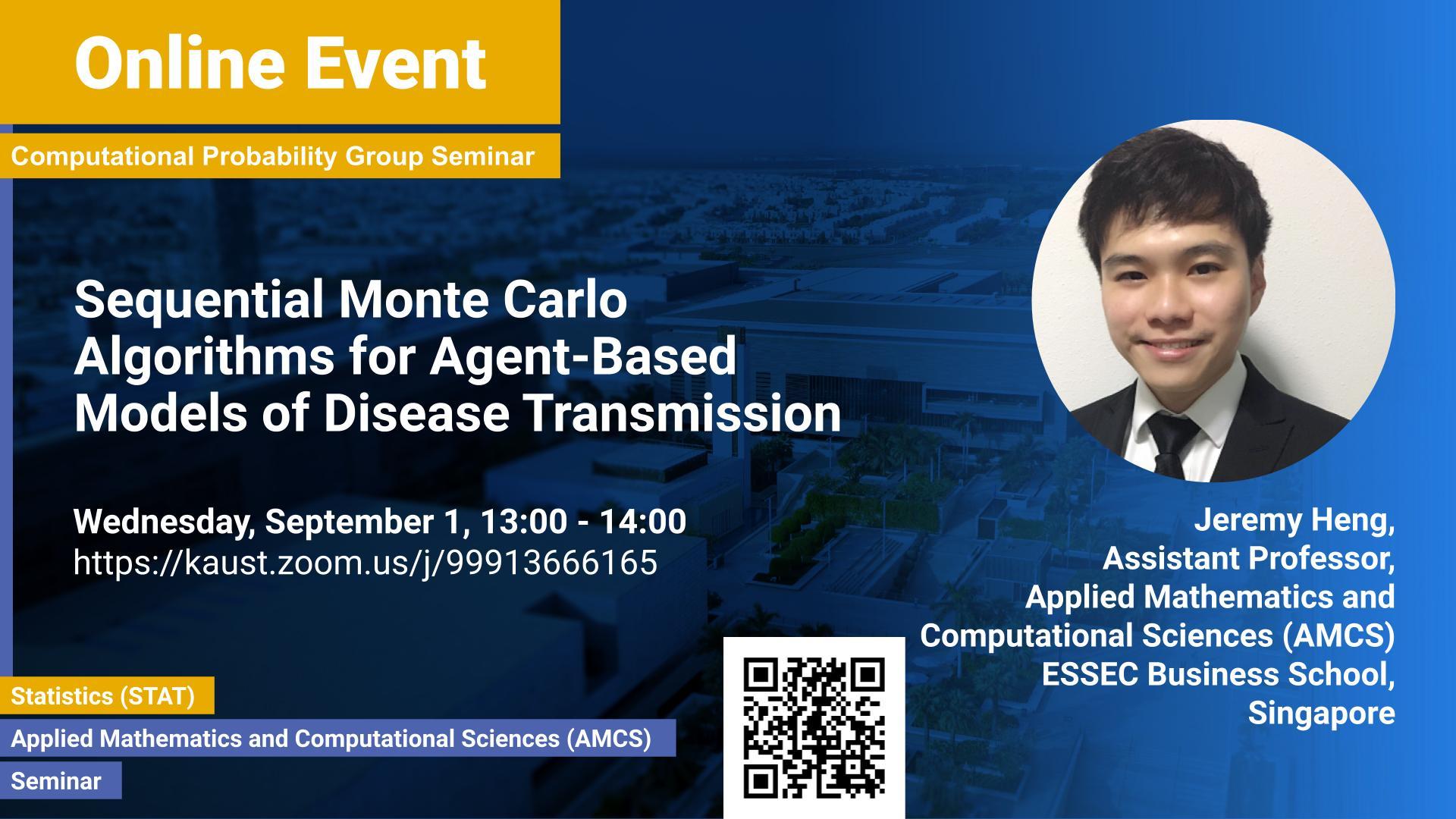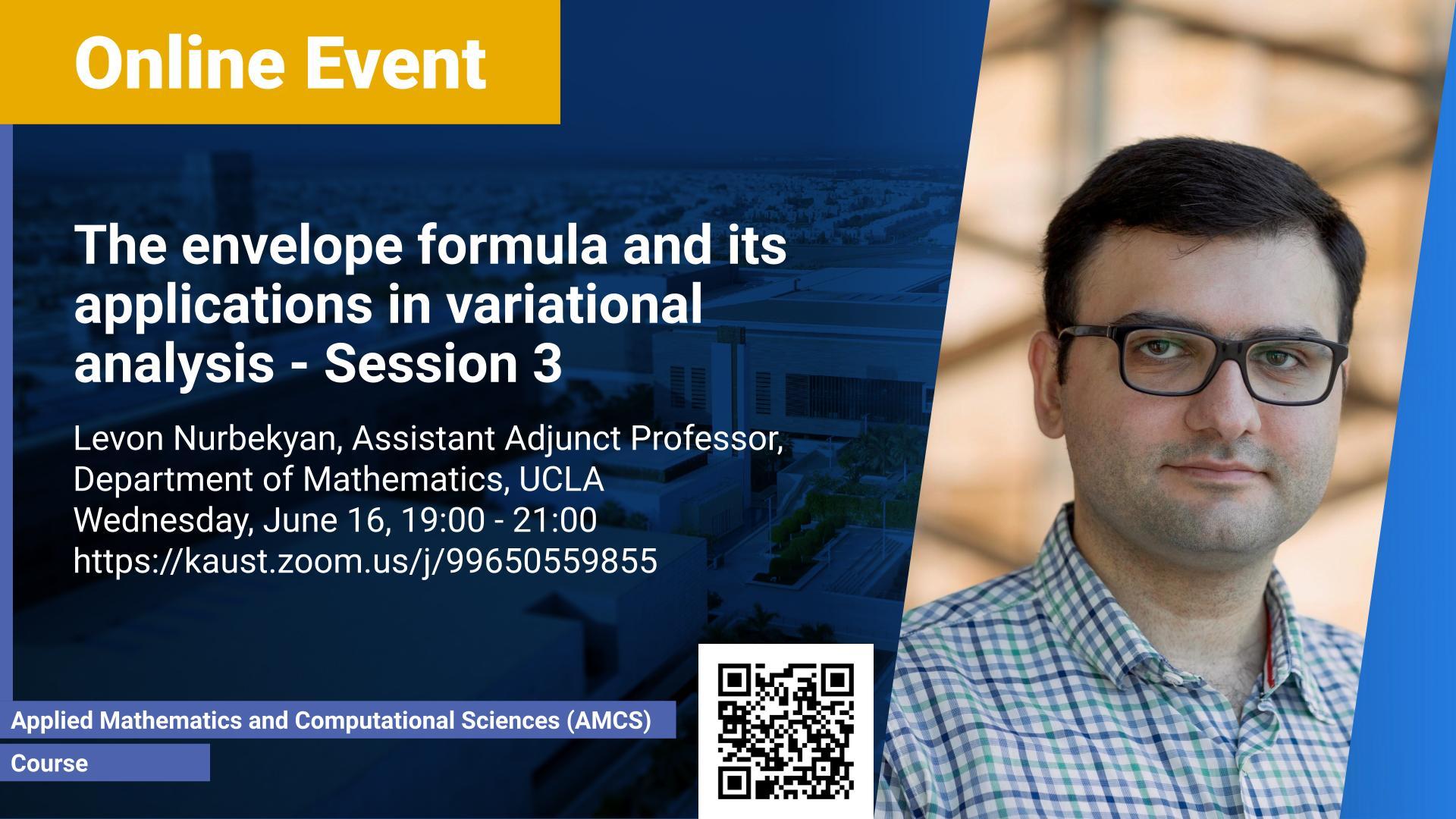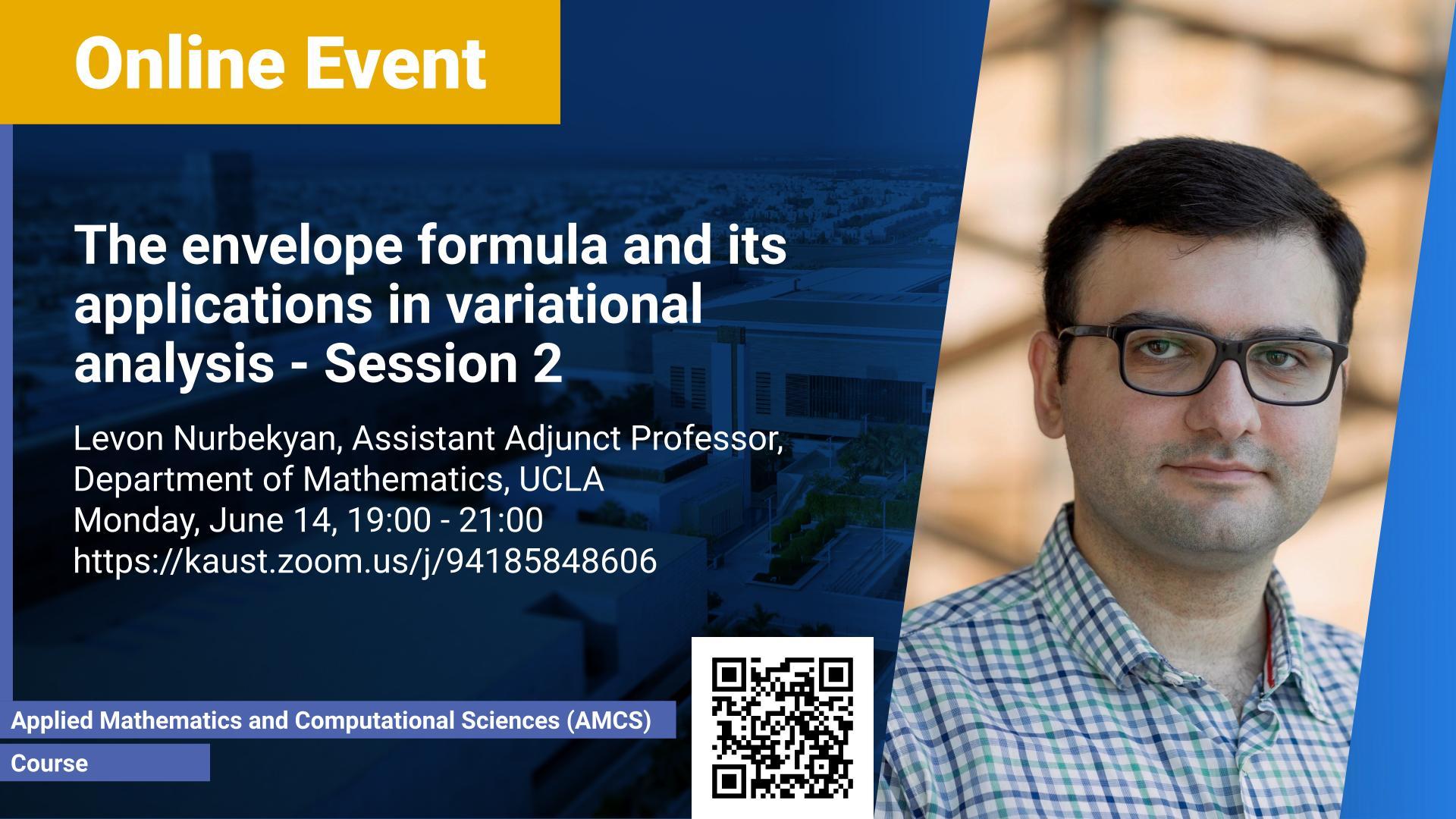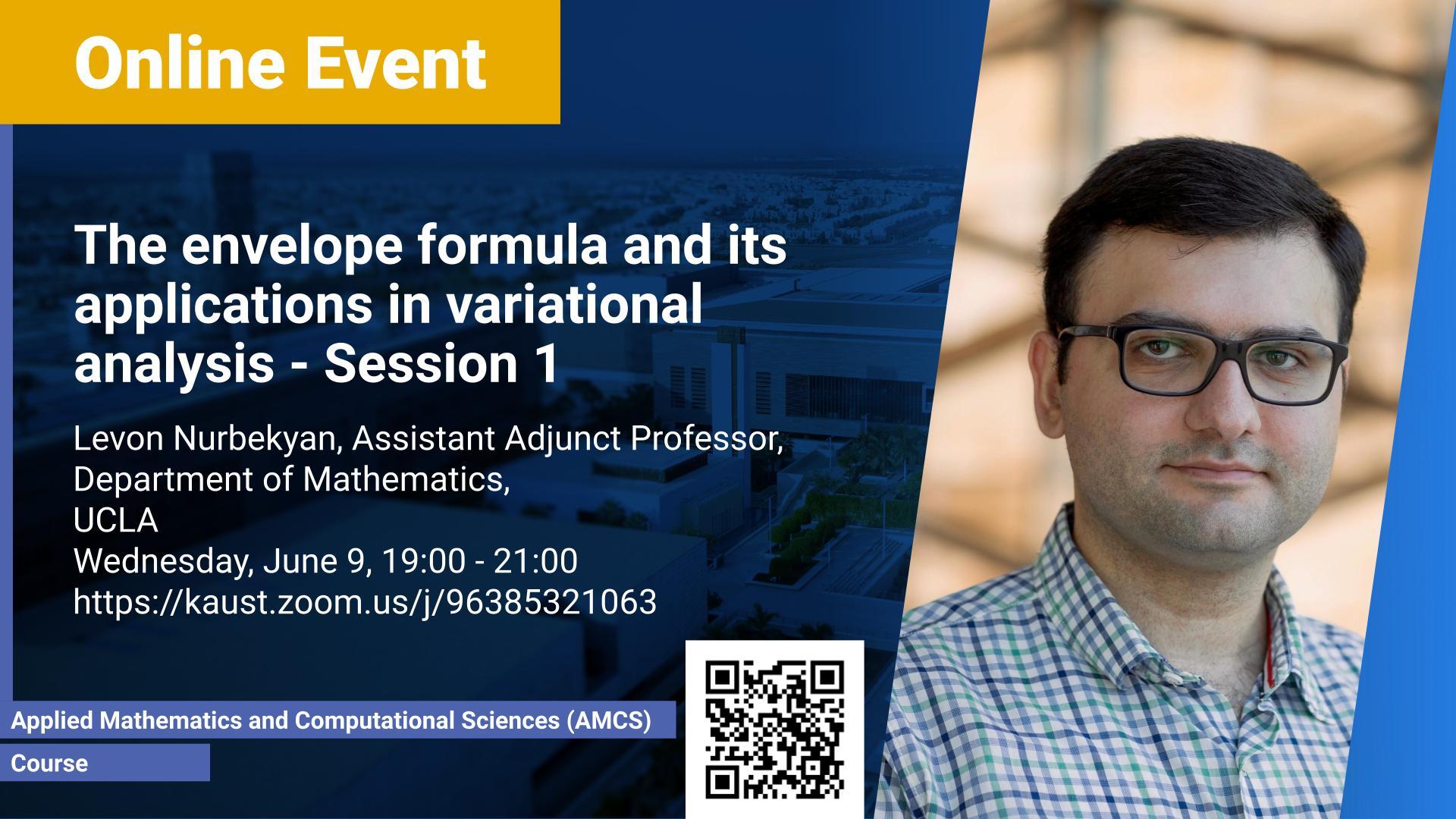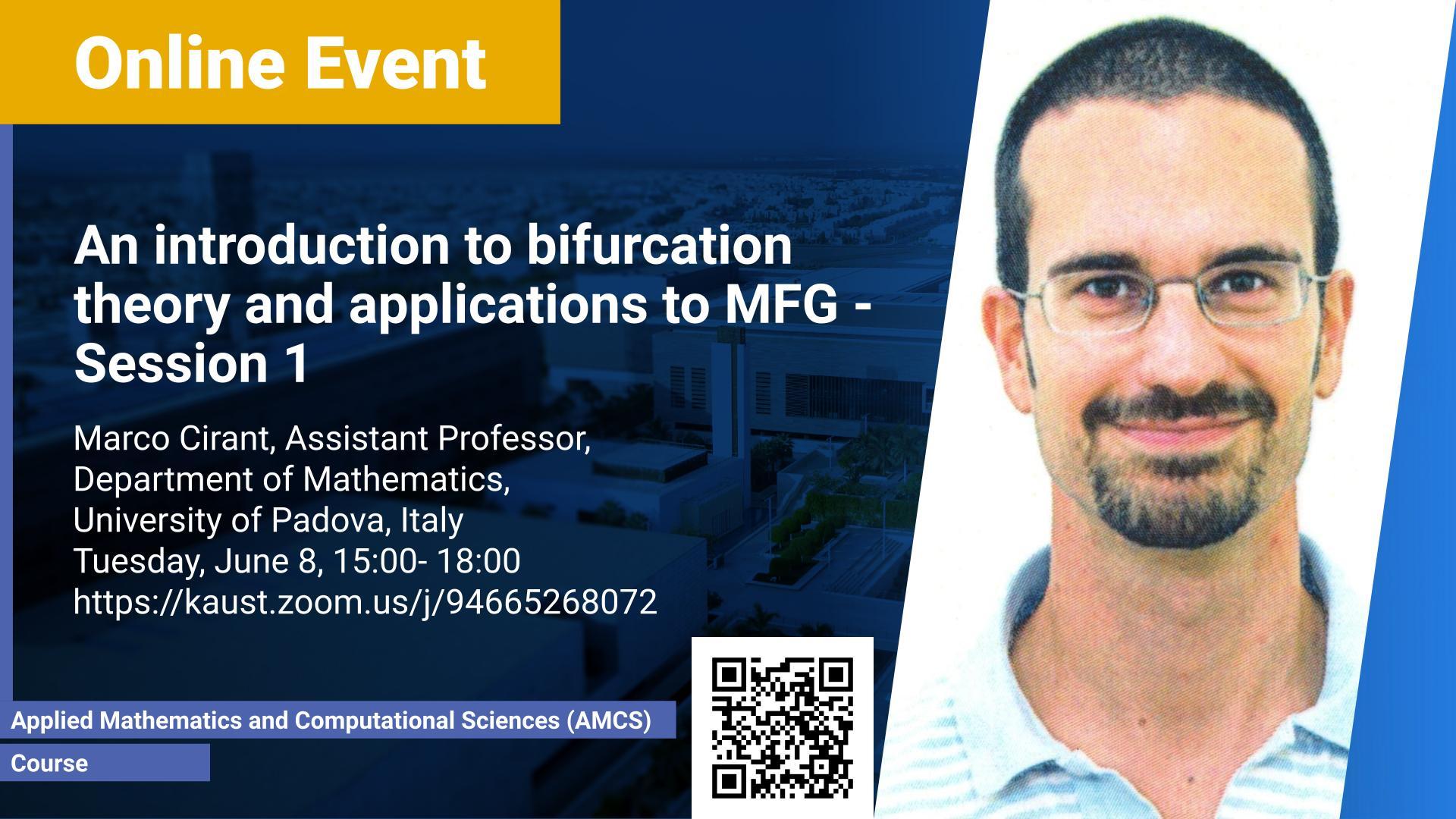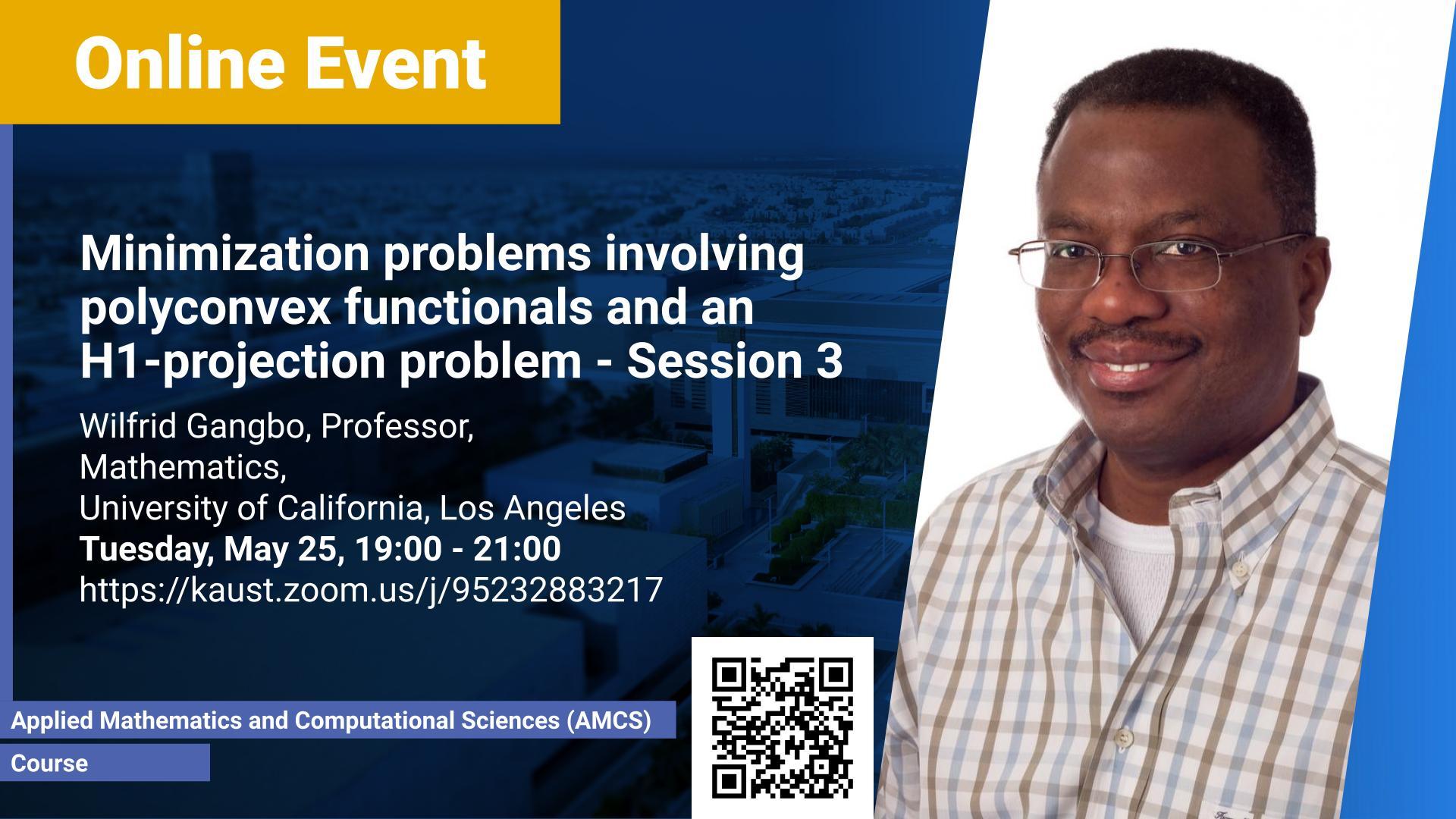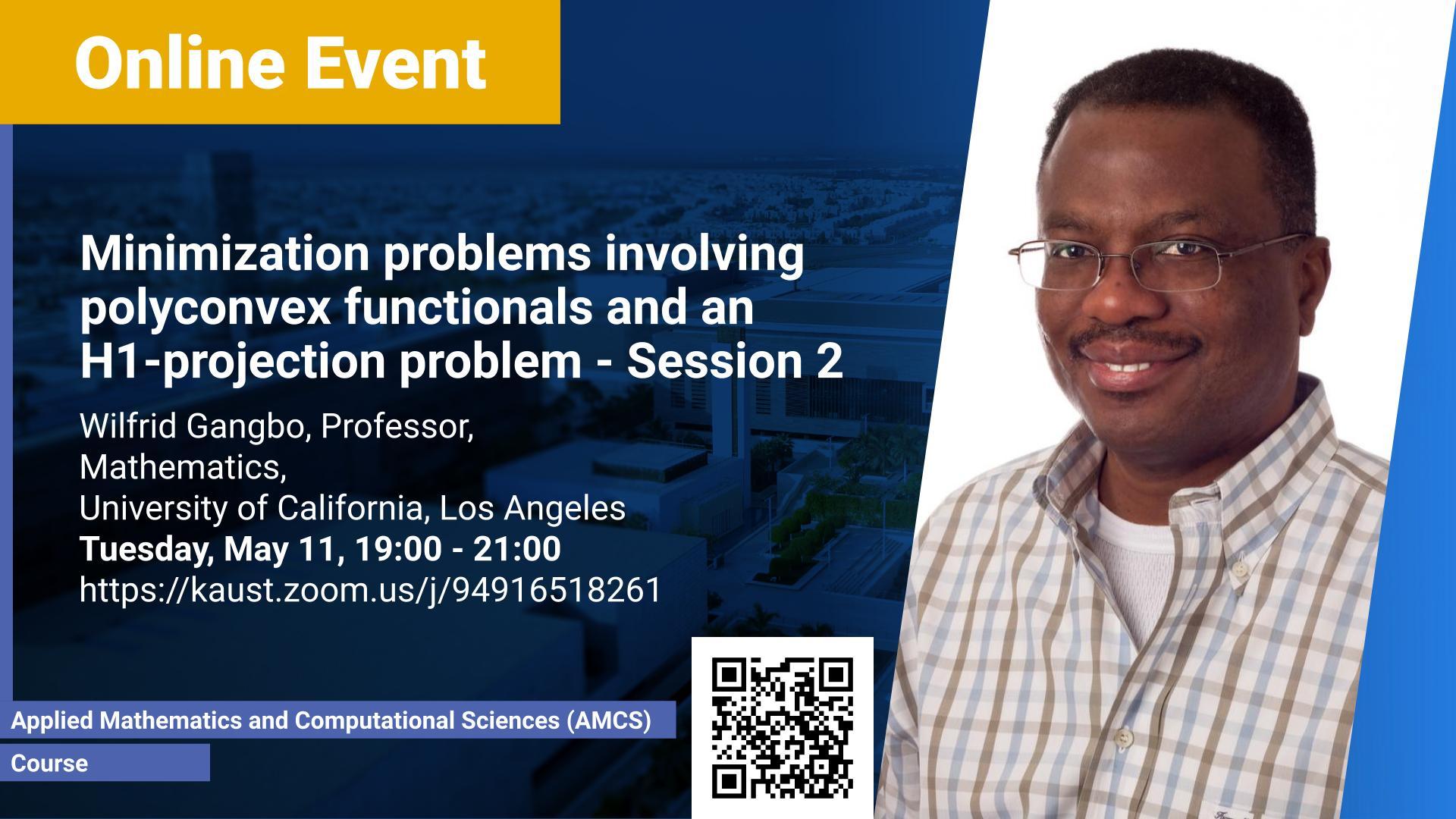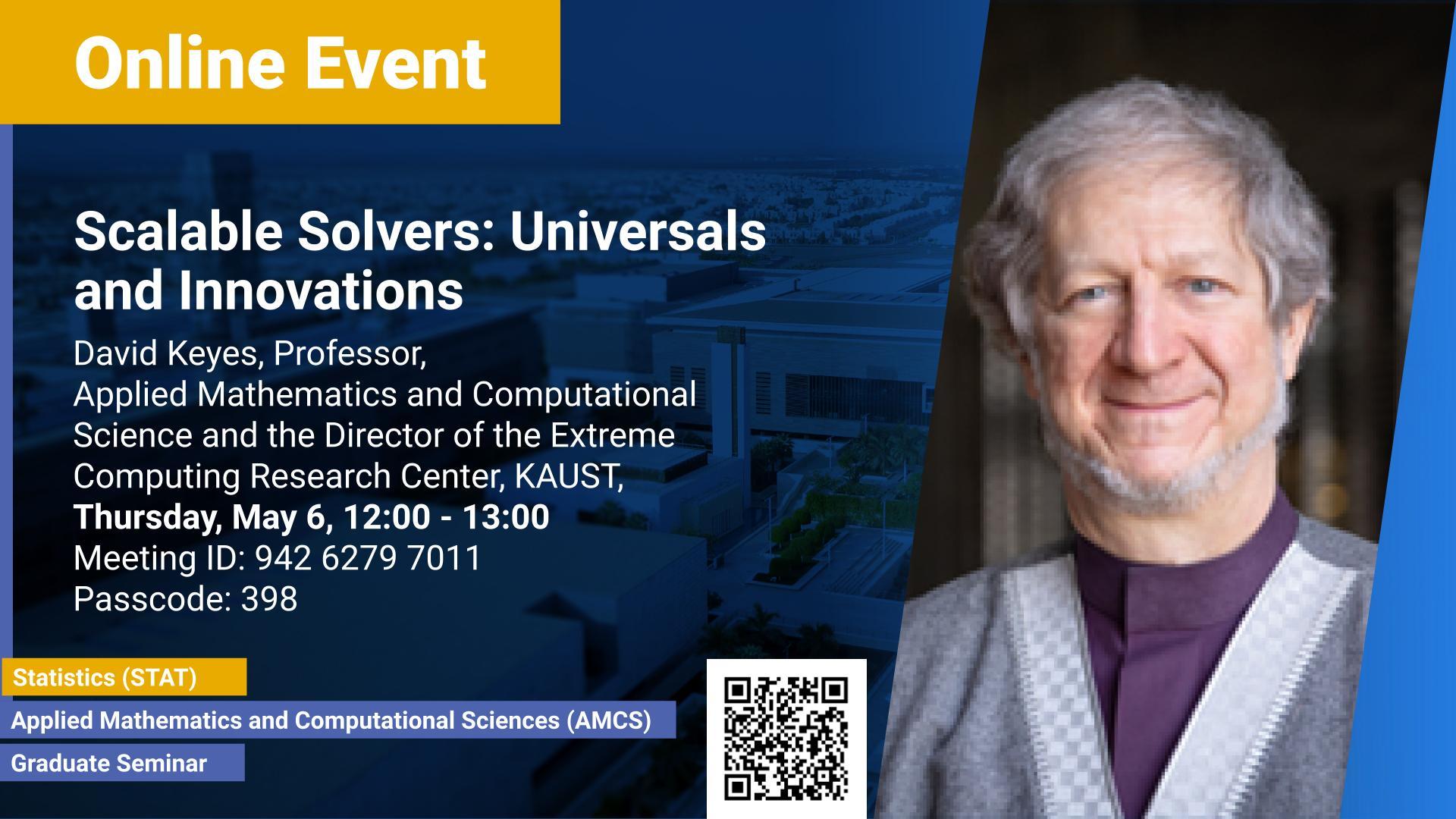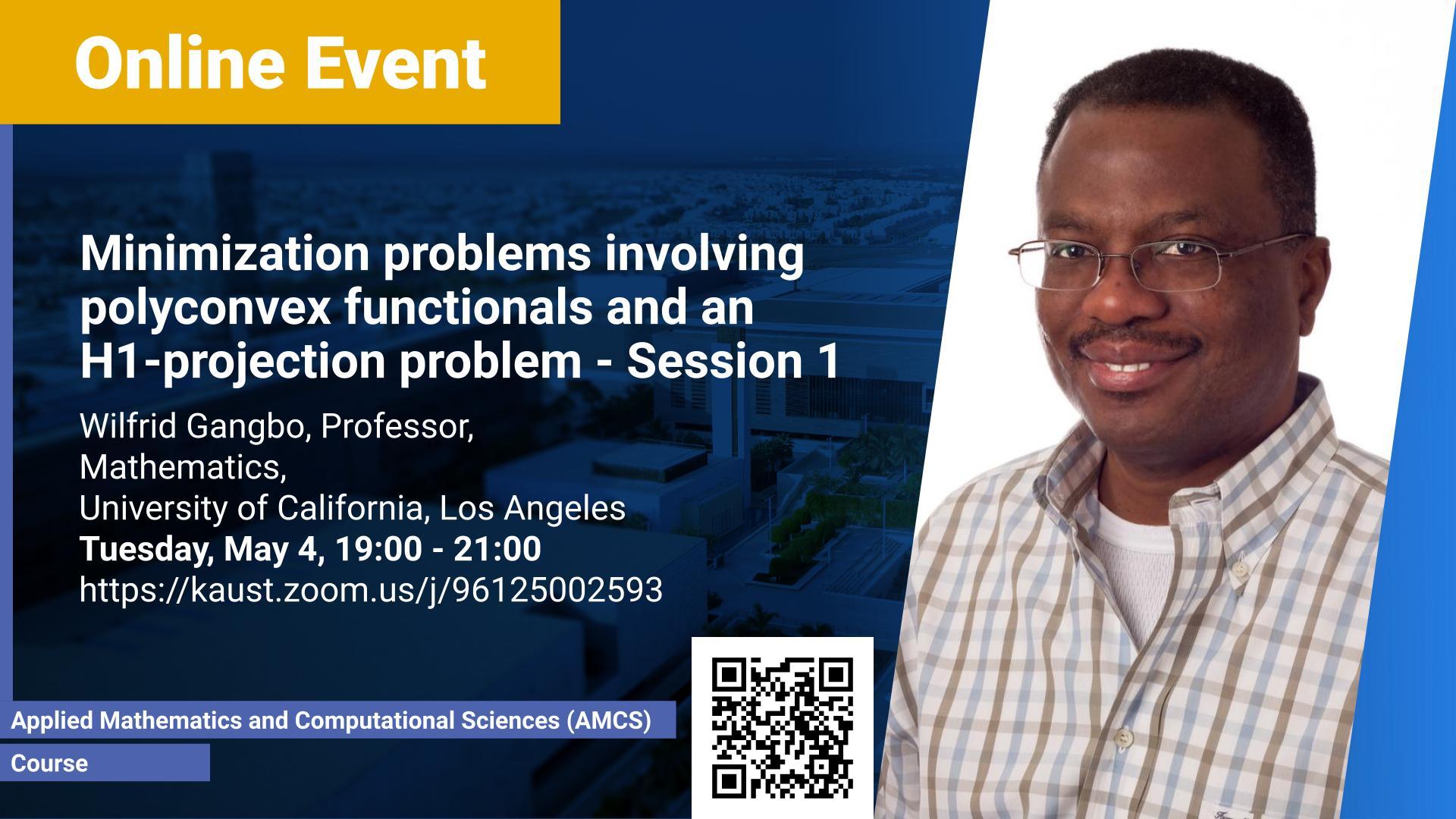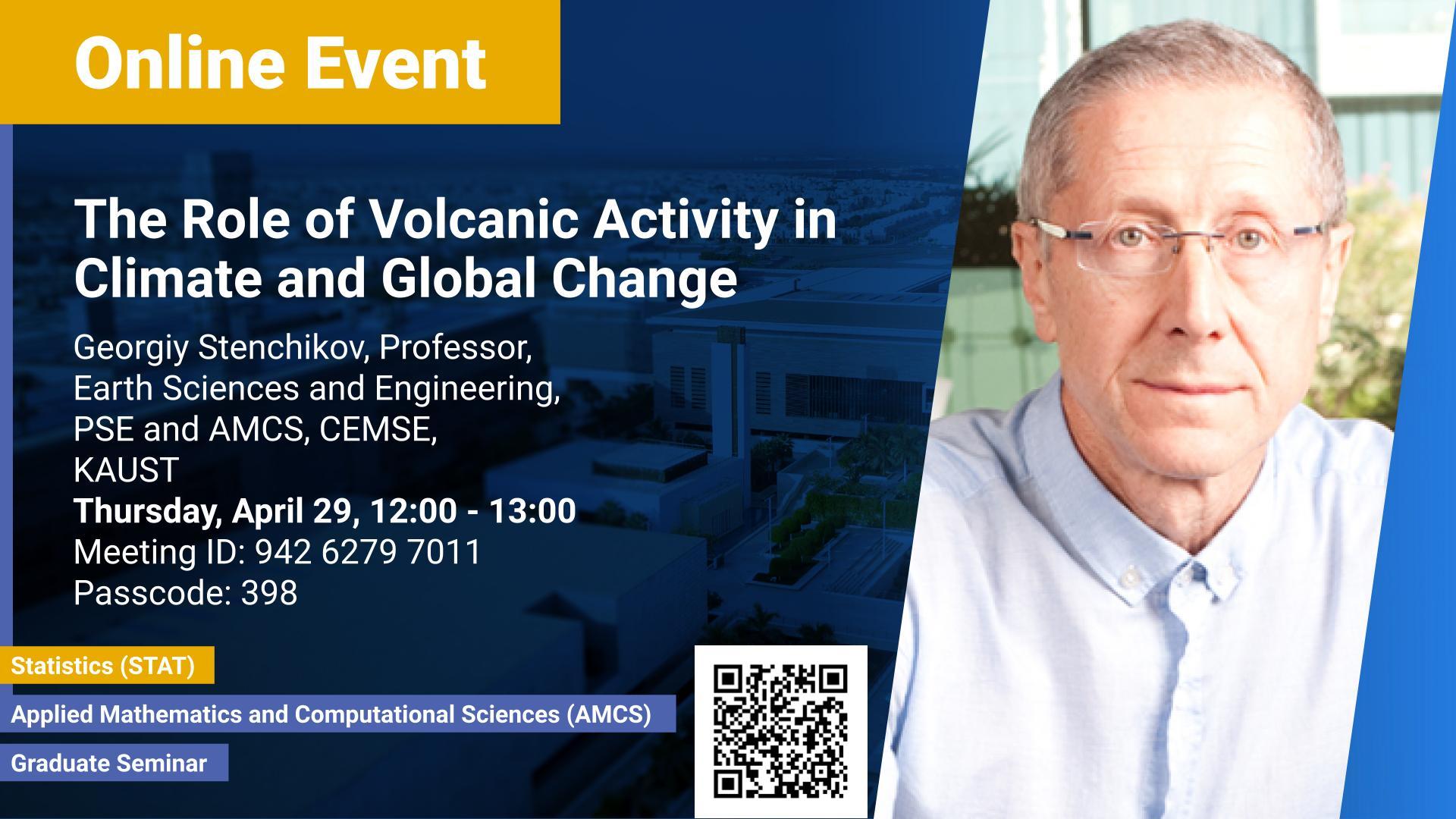Jenny Xiaoe Li, Associate Professor, Economics and Mathematics, Penn State University, Pennsylvania
Monday, October 11, 2021, 14:00
- 15:00
Between buildings 4 and 5, Auditorium 0215
This talk is devoted to the study of a monetary model proposed by Rotemberg (Journal of Political Economy, 1984). Rotemberg’s model provided a general dynamic structure for investigating government intervention in the open market operation and it has inspired the development of many other models in related fields. This talk concerns a very basic theoretical question on the model, namely the existence and the uniqueness of the equilibrium, which has been an open problem since the publication of Rotemberg’s original paper. This question was partially addressed by Rotemberg by analyzing the linearization of the equation which governs the equilibrium and obtaining a numerical solution around the steady state equilibrium.
